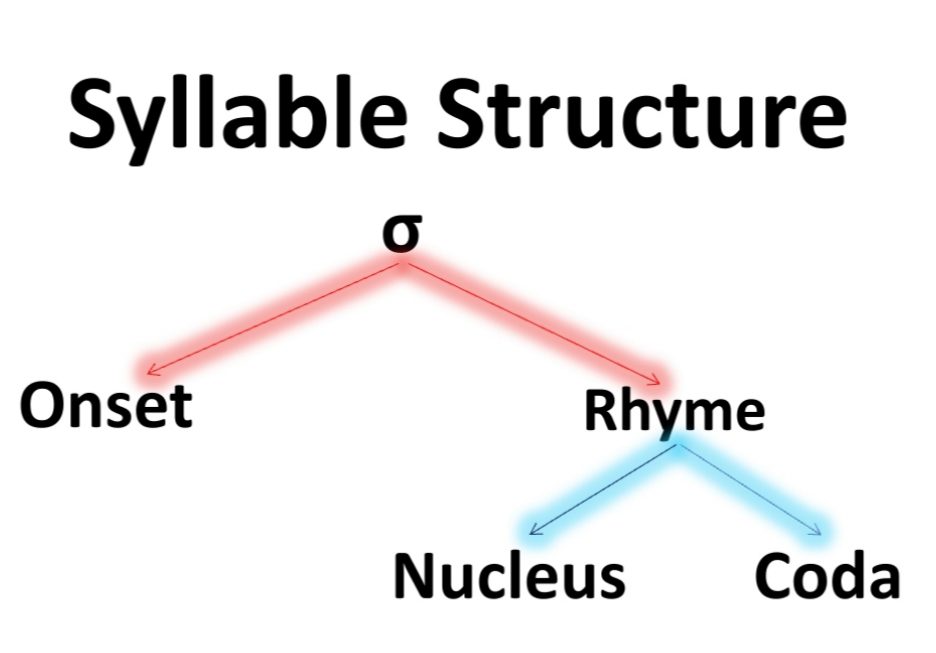Syllable
Syllable is another important concept of English pronunciation. Syllables are the building blocks of a word. Unless we understand syllables, we will continue to make mistakes in pronunciation. To know about a syllable in detail, click here.
Understanding syllables helps a lot with pronunciation. They improve reading and speaking skills also. When we say a word, the sounds we create naturally divide the word into small parts. We call these parts “syllables.” The process of breaking a word into small parts is called syllabification.
For Example
•Reflect /rɪ/ˈflekt/ has two syllables.
•photography /fə/ˈtɒ/ɡrə/fi/ has four syllables.
•Bag /bæɡ/ has only one syllable and it forms the whole word.
•I /aɪ/ has only one syllable and it forms the whole word.
To understand the sound symbols between the slashes, click here.
Syllable Structure
Each language has certain restrictions to use possible combinations of sounds to form words or part of words. In English language, we cannot have a complete word having all consonants or words beginning with a consonant sequence like fpg or zbn etc. Considering these possible combinations of sounds (syllables), a syllable structure is followed in English language.
A syllable can have three parts: onset, nucleus, and coda. The onset and the coda are consonants or consonant clusters. The onset appears at the beginning and the coda appears at the end of the syllable. The nucleus is a vowel which forms the core of the syllable.
For example, in a word pin which has one syllable, [p] is the onset,[i ] is a nucleus and [n] is the coda.
If a coda is present in a syllable, the nucleus and the coda form a single unit called a rhyme; otherwise the nucleus makes up the rhyme by itself. Looking at “pin” again, [in] forms the rhyme.
The onset and the coda are not necessarily present in a syllable but the nucleus is always present. The nucleus can be preceded or followed by a consonant or consonant clusters.
For example
The word eye /ai/ has only one syllable. It has neither the onset nor the coda but only the nucleus.
Fry /frai/ has the onset and the nucleus but not the coda.
Ice /ais/ has the nucleus and the coda but not the onset.
Read about syllabification and its important rules.
- Basic vs Advanced English Vocabulary
- Simple Present Tense Rules with Examples
- 10 Useful Idioms with Meaning and Examples
- Various Ways to Make Requests
- Prepositions Test with Answers
- Collocations in English
- Whose vs Who’s
- Using Idioms and Expressions in Everyday Conversations
- Daily Use Sentences in Hindi to English
- Techniques to Improve English Vocabulary


Awesome ?
Very new and useful ?
Very informative post. Thank you.